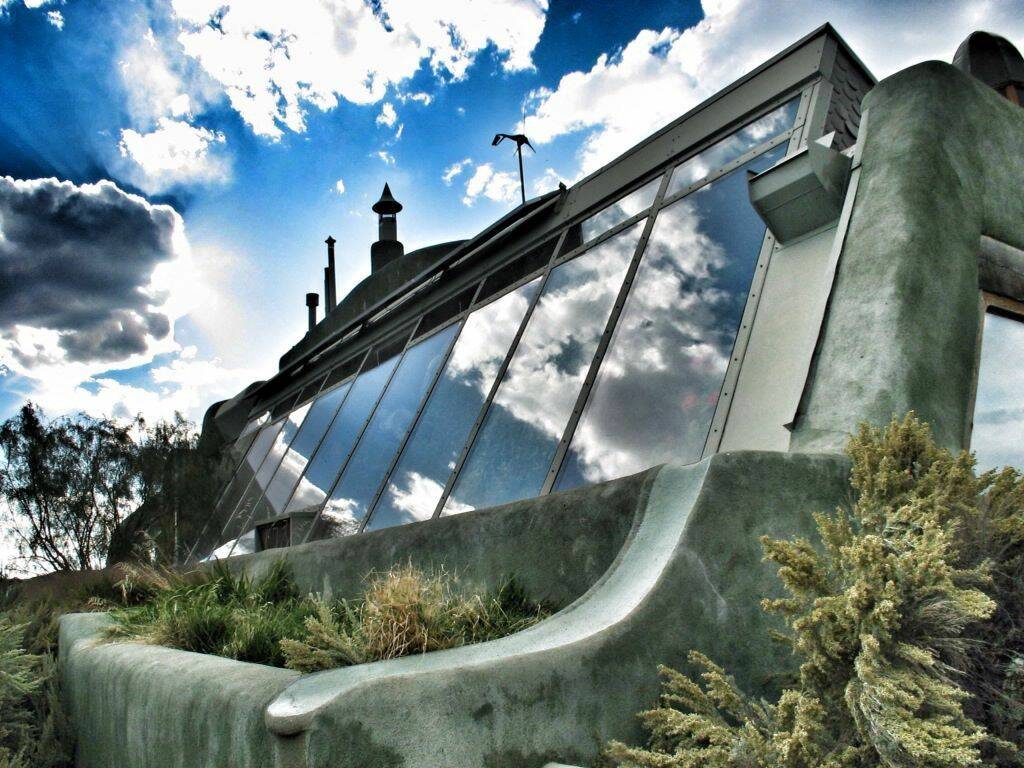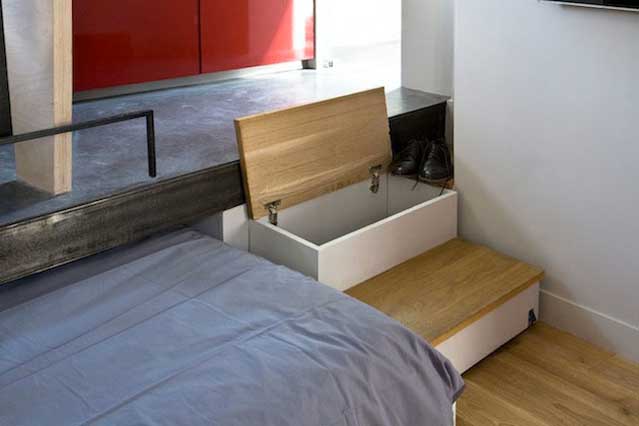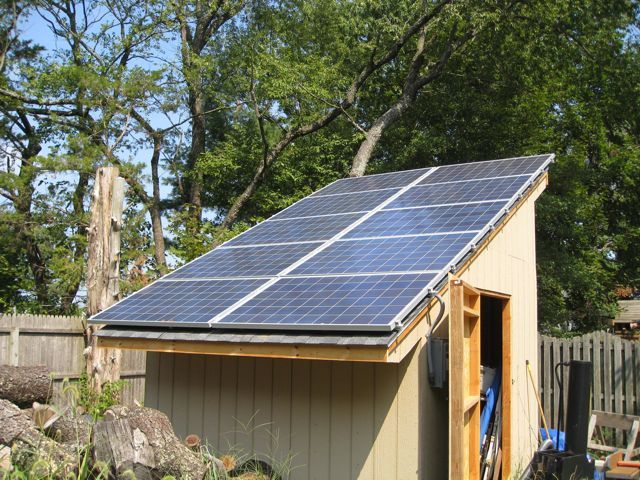Off-grid living has become more and more popular over the years, as people strive to create a more self-sufficient lifestyle that is less dependent on public utilities.
Among the most sought-after off-grid residences are earthships, eco-friendly homes constructed entirely of natural and recycled materials that capitalize on passive solar heating and cooling as well as other sustainable energy sources like wind and hydro power to meet your needs for all electrical requirements.
Building an earthship can be challenging due to the one-of-a-kind design and specialized construction techniques, but with the correct information and supplies at hand, anyone may take on this eco-friendly venture and build their very own self-sustaining dream home.
Let’s dive into some of the intricacies associated with building an earthship so that you can begin constructing your sustainable haven right away!
Define your vision and goals
Before you start building your earthship home, define your vision and goals for living off the grid. Consider your budget, the location, the size of the home, and the level of self-sufficiency you desire.
Define your vision and goals for living off the grid by asking yourself important questions such as: What is your budget for this project?
What location will provide the best resources for self-sufficiency?
How large do you want your home to be?
How self-sufficient do you want to be in terms of energy, water, and waste management?
By answering these questions, you can create a clear and realistic plan for your earthship home that aligns with your values and needs.
For example, if you have a limited budget, you may want to focus on using locally sourced and recycled materials for construction.
If you live in a dry climate, you may prioritize water harvesting and conservation techniques.
By setting clear goals and visions for your earthship home, you can ensure that your home is tailored to your specific needs and lifestyle, providing a comfortable and sustainable living space off the grid.
Choose the right location
The location of your earthship home is important to its success. Consider factors such as sunlight, wind, water availability, and soil quality.
The location of your earthship home is important to its success.
The design of your home should be carefully considered in relation to factors such as sunlight, wind, water availability, and soil quality.
For example, if your site receives ample sunlight, you can optimize your solar panel installation and reduce your reliance on other energy sources.
Similarly, if your site experiences consistent winds, you can harness that energy to power your home.
Access to water is also essential, and you should consider the availability of water sources and the feasibility of collecting and treating rainwater.
The quality of the soil can impact your ability to grow food and support a sustainable garden, so it’s important to choose a location with fertile, well-draining soil.
By carefully considering these factors, you can maximize the potential of your earthship home and create a self-sustaining, energy-efficient living space.
Use sustainable and recycled materials
Building your earthship home with sustainable and recycled materials can help reduce waste and lower your carbon footprint. Consider using materials such as tires, cans, and recycled glass.
Building your earthship home with sustainable and recycled materials can be a practical and innovative approach to reduce waste and lower your carbon footprint.
By using materials such as tires, cans, and recycled glass, you can create a structurally sound and environmentally friendly home.
Tires, for instance, can be used as building blocks or as a substrate for growing vegetation.
They provide insulation, are durable, and can be filled with soil to create a thriving green roof.
Cans can be used as a building material by crushing them and using them as a aggregate in concrete or as a filler for walls.
Recycled glass can also be used as an aggregate in concrete or as a decorative feature in walls and floors.
Not only do these materials reduce waste and lower your carbon footprint, but they also provide a unique and visually appealing aesthetic to your earthship home.
By using these materials, you can create a structure that is both environmentally friendly and architecturally distinctive.
With a little creativity and imagination, you can turn these seemingly useless materials into a functional and beautiful home.
So why not give it a try and experience the benefits of sustainable and recycled building materials for yourself?
Design for passive solar heating and cooling
Design your earthship home to take advantage of passive solar heating and cooling. Use large south-facing windows for solar heating and shade-providing overhangs for cooling.
Designing your earthship home to take advantage of passive solar heating and cooling can significantly reduce your energy costs and provide a comfortable living space.
To achieve this, you can incorporate large south-facing windows to allow for natural sunlight and heat gain during the winter months.
This will help to warm your home and reduce the need for artificial heating.
In addition, you can include shade-providing overhangs on the windows to block direct sunlight and prevent overheating during the summer months.
These overhangs can be designed to be adjustable, allowing you to optimize the amount of shade based on the season and time of day.
By carefully designing your earthship home to take advantage of passive solar heating and cooling, you can create a comfortable and energy-efficient living space that harmonizes with the natural environment.
Implement rainwater harvesting
Collect and store rainwater for irrigation, toilet flushing, and other non-potable uses. This can help reduce your water bill and dependence on municipal water supplies.
Collecting and storing rainwater is a simple yet effective way to reduce your water bill and dependence on municipal water supplies.
By installing a rainwater harvesting system, you can collect and store rainwater for a variety of non-potable uses, such as irrigation, toilet flushing, and washing clothes.
The system typically consists of a collection surface, such as a roof or a ground-level storage tank, and a conveyance system, such as gutters and downspouts, to transport the rainwater to the storage tank.
To get started, you’ll need to determine the size of your rainwater harvesting system based on your average annual rainfall and the water demands of your home.
A small system may be sufficient for homes with moderate water usage, while a larger system may be needed for homes with high water demands.
Once your system is installed, you can start collecting and storing rainwater during rainfall events, and using it as needed.
Not only can rainwater harvesting help reduce your water bill, but it can also provide a reliable source of water for non-potable uses.
By using rainwater for irrigation, you can save money on your water bill while also helping to conserve this precious resource.
Using rainwater for toilet flushing and washing clothes can help reduce your water usage and save money on your utility bills.
By installing a rainwater harvesting system, you can collect and store rainwater for a variety of non-potable uses, such as irrigation, toilet flushing, and washing clothes.
This can help you save money on your utility bills while also helping to conserve this precious resource.
Incorporate wind power
Consider incorporating wind power into your earthship home’s energy system. This can be done with a small wind turbine or a wind-powered generator.
Incorporating wind power into your earthship home’s energy system can be a highly effective way to supplement your energy needs and reduce your reliance on non-renewable sources.
A small wind turbine or wind-powered generator can be easily installed on your property, providing a consistent and reliable source of clean energy.
Wind power is particularly well-suited to earthship homes due to the natural ventilation and airflow within the structure, which can help to maintain optimal wind speeds and increase energy production.
Wind power is a renewable and sustainable source of energy, reducing your carbon footprint and reliance on fossil fuels.
By incorporating wind power into your earthship home’s energy system, you can enjoy a consistent supply of clean, renewable energy, while also contributing to a more sustainable and environmentally-friendly future for your community.
Use composting toilets and graywater systems
Composting toilets and graywater systems can help reduce your home’s water usage and produce nutrient-rich compost for your garden.
Composting toilets and graywater systems are innovative solutions for reducing your home’s water usage and producing nutrient-rich compost for your garden.
Composting toilets use a natural process to decompose human waste, reducing the amount of water needed for flushing by up to 90%.
This not only saves water, but also produces a nutrient-rich compost that can be used to fertilize plants in your garden.
Graywater systems, on the other hand, collect and treat wastewater from sinks, showers, and washing machines, and use it for irrigation and flushing toilets.
By implementing these systems, you can significantly reduce your home’s water consumption, lower your water bills, and produce a sustainable source of fertilizer for your garden.
Composting toilets and graywater systems can also help reduce the amount of waste sent to landfills, contributing to a more sustainable future for our planet.
Optimize energy efficiency
Optimize energy efficiency in your earthship home by using energy-efficient appliances, LED lighting, and insulation made from natural and recycled materials. This can help reduce your energy bills and carbon footprint.
To optimize energy efficiency in your earthship home, consider investing in energy-efficient appliances, LED lighting, and insulation made from natural and recycled materials.
Energy-efficient appliances, such as those with the ENERGY STAR label, use significantly less energy than traditional models, reducing your energy bills and carbon footprint.
LED lighting is another effective way to minimize energy consumption, as it produces more light per watt than incandescent bulbs.
Insulation made from natural and recycled materials, such as straw bales or recycled denim, can help keep your home warm in the winter and cool in the summer, reducing the need for artificial heating and cooling.
By incorporating these energy-efficient features into your earthship home, you can reduce your energy usage and carbon emissions, helping to protect the environment and ensure a sustainable future.
Want More? Dive Deeper Here!
Hey there! If you’re the type who loves going down the rabbit hole of information (like we do), you’re in the right spot. We’ve pulled together some cool reads and resources that dive a bit deeper into the stuff we chat about on our site. Whether you’re just killing time or super into the topic, these picks might just be what you’re looking for. Happy reading!






